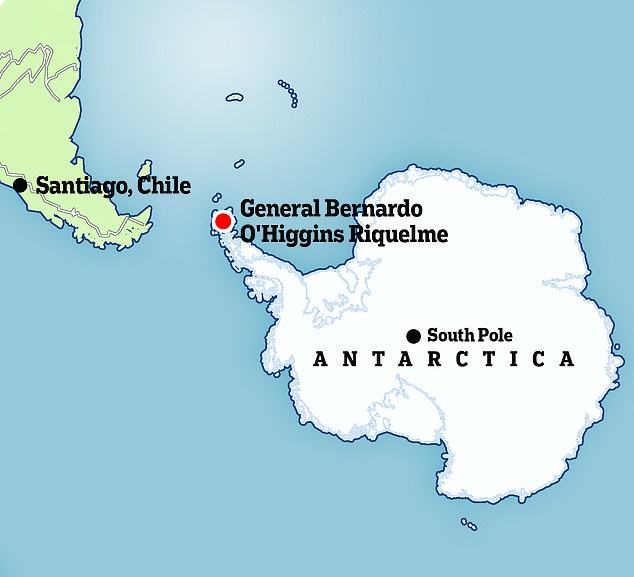A groundbreaking international effort is underway as Chile partners with Salience Consulting and Pioneer Consulting to explore the possibility of building the first-ever submarine fiber optic cable connecting mainland South America to Antarctica. This project, initiated by the Chilean government, aims to provide high-speed connectivity to the least connected continent on Earth.
An innovative plan to use fiber optic cables to connect Chile and Antarctica
This planned cable would serve over 50 permanent and several temporary scientific research stations across Antarctica, which currently depend on limited satellite coverage. Many of these satellite networks do not consistently reach Antarctica, leading to connectivity gaps.
The submarine cable would offer a more stable and long-term solution, supporting data-intensive scientific research—especially climate change monitoring and ocean current studies.
The feasibility study for the project will take approximately 12 to 18 months. It will include a range of assessments such as environmental impact analysis, technical route planning, and economic viability. Teams will travel to Antarctica starting from October, making use of a narrow seasonal window when conditions are more favorable.
The study will also explore how to physically lay the cable in one of the world’s harshest environments.
Finland’s Subsea Cable Crisis: A Wake-Up Call for Undersea Security
Chile’s Strategic Position as Antarctica’s Digital Gateway
Chile is geographically positioned as the closest nation to Antarctica, giving it a natural advantage in becoming the digital entry point to the continent. The southern region of Chile—particularly Magallanes, including Puerto Williams and Punta Arenas—already serves as a transit hub for Antarctic expeditions and research missions.
Chile has previously enhanced its southern digital infrastructure through Project Austral, a combination of terrestrial and undersea cables improving connectivity to the Magallanes region. The new fiber optic link to Antarctica would be an extension of this connectivity strategy.
The Chilean government is also considering plans to develop local infrastructure that could manage and store scientific data transmitted through the future cable. Such developments may include the construction of data centers, which would support not only Antarctic research but also stimulate the local economy by creating jobs and requiring new services.
Norway’s Risky K9 Howitzer Gamble Shakes Arctic Tensions
The planned cable will incorporate embedded smart sensors along its route. These sensors will collect important environmental data such as seabed movement and ocean current variations. This data will provide additional value to the global scientific community, turning the cable itself into a critical research tool, not just a communication link.
Harsh Climate and Legal Barriers Pose Major Deployment Challenges
Building a fiber optic cable to Antarctica presents serious technical, environmental, and political challenges. The extreme cold, strong ocean currents, and icy terrain make the deployment process highly complex. Engineers must carefully study the seafloor to identify a safe and stable route for laying the cable. It is necessary to use specialized ships that can function in these conditions.
On land, researchers must also plan how to extend connectivity from the cable’s landing point to various inland research stations. Some of these are located far from the coast, requiring additional terrestrial infrastructure.
Environmentally, strict measures must be taken to protect the continent’s fragile ecosystem. Antarctica is home to unique species and is a key area for studying global climate change. The introduction of any infrastructure must not disrupt the region’s flora and fauna.
Moreover, because the continent is governed under the Antarctic Treaty of 1959, any new construction must be approved by all signatory countries with territorial claims or interests there. In the form of international legal cooperation, this introduces even another level of complexity.
Denmark Boosts Arctic Defense with $2 Billion Investment Amid US-Greenland Tensions
If successful, the submarine fiber optic cable would not only connect Antarctica to the global internet but also act as a scientific instrument embedded within the natural environment. This combination of technological advancement and environmental responsibility sets a new benchmark for future digital infrastructure projects in remote and sensitive areas.

